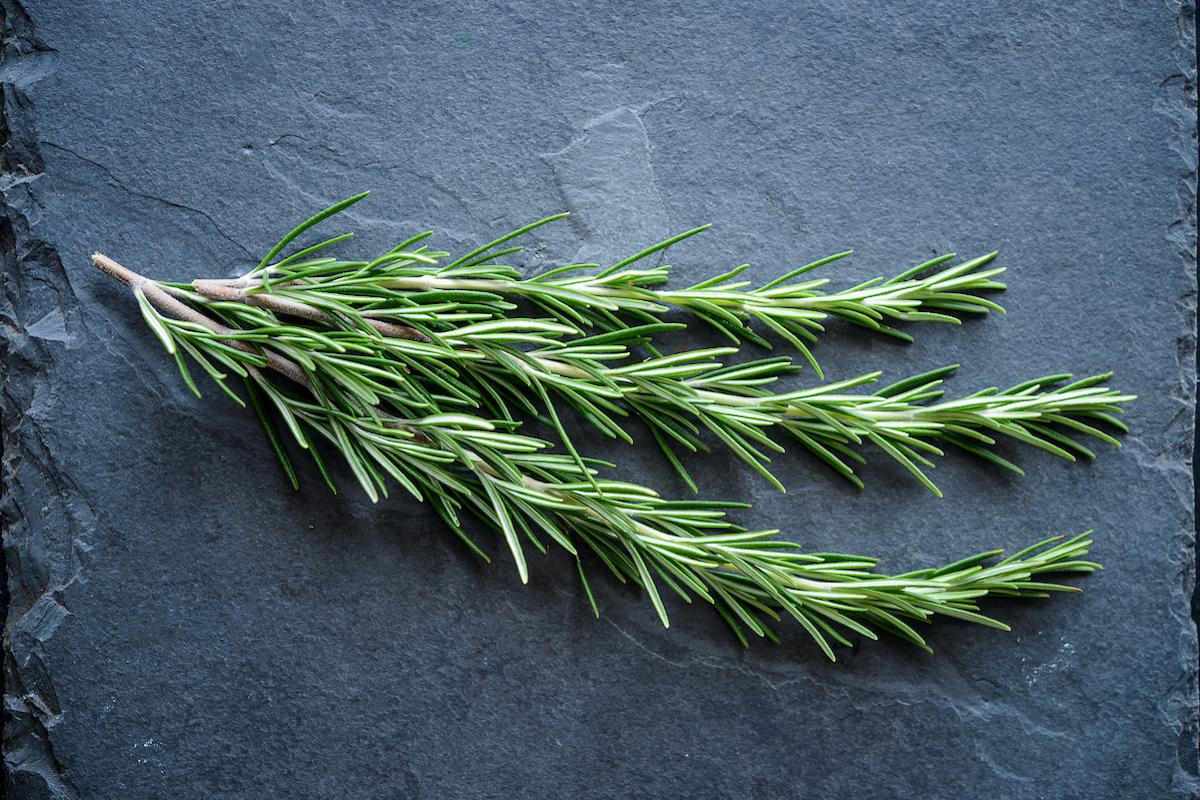22 February 2016
Tips from the herbalist
Tips From Our Herbalist: February 2016
The month of love and new beginnings. Our in-house Herbal Technician, Jane Wallwork-Gush, tells us more about traditional folklore of herbs around this time of year, as well as their more modern day uses.
The land is wrapped in winter and frost envelopes the earth as we look across the herb field. The air is cold and herb beds glitter in the deceptive brightness of the sun. Deep beneath the earth things are stirring, the trees stand leafless showing us their bare boned branches but the sap is slowly starting to flow. Deep within the land change is occurring and the life of spring is returning.
At the beginning of February the festival of Imbolc, also known as Brigid’s Day and Candlemass, celebrates the first signs of spring, the passing of the winter, the return of the sun and the start of the agricultural year. There are several herbs associated with this celebration, often used as incense, but all with folklore relevant to this time of year. Many herbs symbolise purification and the winter chill has cleansed the soil in preparation of new life.
February is the month of love with Valentine’s Day on the 14th symbolised in our modern world by the rose, hearts and of course chocolate! But, do roses grow in this weather? Some of the herbs associated with the start of spring appear to have a relevant connection…
Coltsfoot
Also known as 'coughwort', this plant is familiar to us for use in cough medicines and throat syrups but it has an interesting feature – the plant flowers in early spring before it produces heart shaped leaves so symbolic of love. A mirror can be made from the new leaf by peeling back the the soft gray coating to make a frame inside the new green leaf. With the right questions, a girl might see her future husband…
Bay leaf
We are familiar with bay leaf as a culinary herb, adding warmth and depth of flavour to casseroles and other winter staples. It is used medicinally to warm the stomach and increase digestion. On the eve of St. Valentines country girls would take five bay leaves and pin one at each corner of her pillow and one in the middle to induce dreams of her future husband. Lovers who each kept half of a bay twig would remain faithful and the burning of the leaves would encourage wandering partners to return.
Rosemary
Another familiar culinary herb, rosemary, assists with inflammation and headaches associated with poor digestion. It is warming and strengthens the heart. In Tudor times it was the most popular herb for bridal wreaths and bouquets, the bridal bed would be strewn with it and bridegrooms wore it in their button holes. So potent was the belief in rosemary’s affinity to love and marriage that girls would place a bowl of flour beneath a rosemary bush and would wake in the morning to see the initials of her future husband written in the dish.
Violet leaf & flower
Violet leaf has a long traditional application as an analgesic, particularly in relation to coughs and respiratory ailments. Violets are symbols of faithful love and historically have decorated tokens of love such as jewellery, boxes and china. Napoleon Bonaparte took the violet as his emblem, hence the wearing of violets became less popular after Waterloo! One member of the viola genus is 'heartease', another symbol of love.
Angelica root
Angelica is associated with the start of spring and the root is often used in incense blends to purify the home in both the physical and energetic sense. Also known as the root of the Holy Ghost, according to legend angelica was revealed to a monk in a dream, as a cure for the plague. During the Great Plague of 1665-6 it was chewed to fight off infection and burnt to protect against bad air. Angelica remains in popular use today to fight infection, effective in digestive and respiratory issues. As an aphrodisiac, angelica would make an interesting addition to a romantic infusion…


